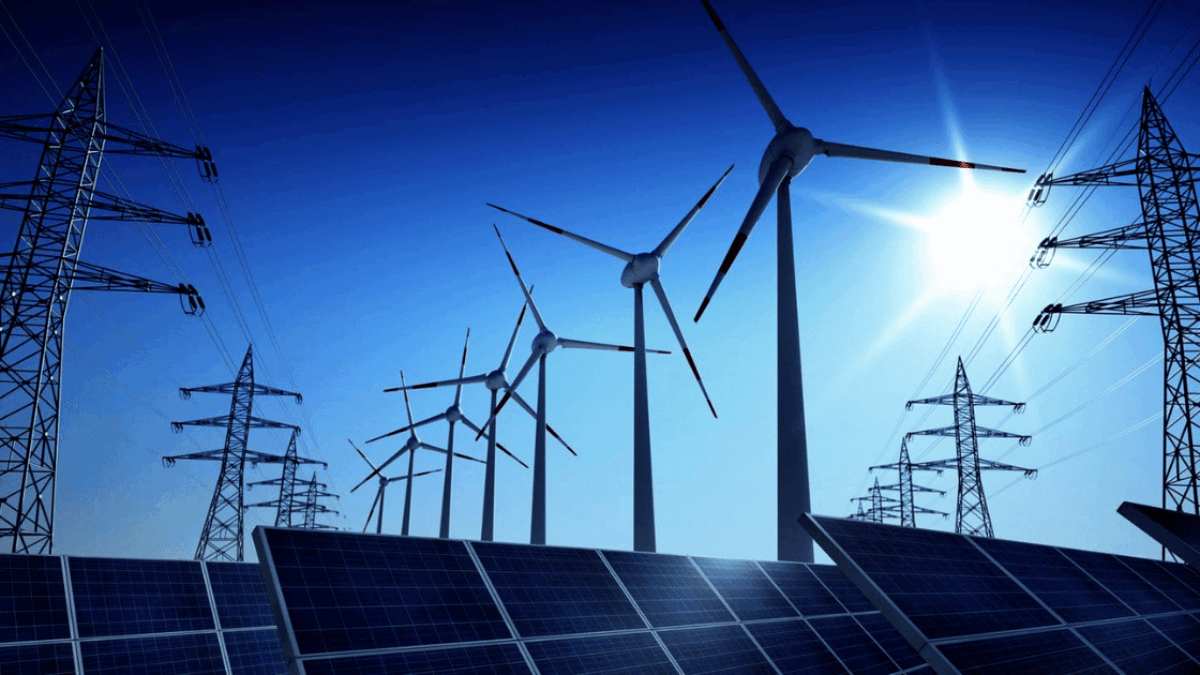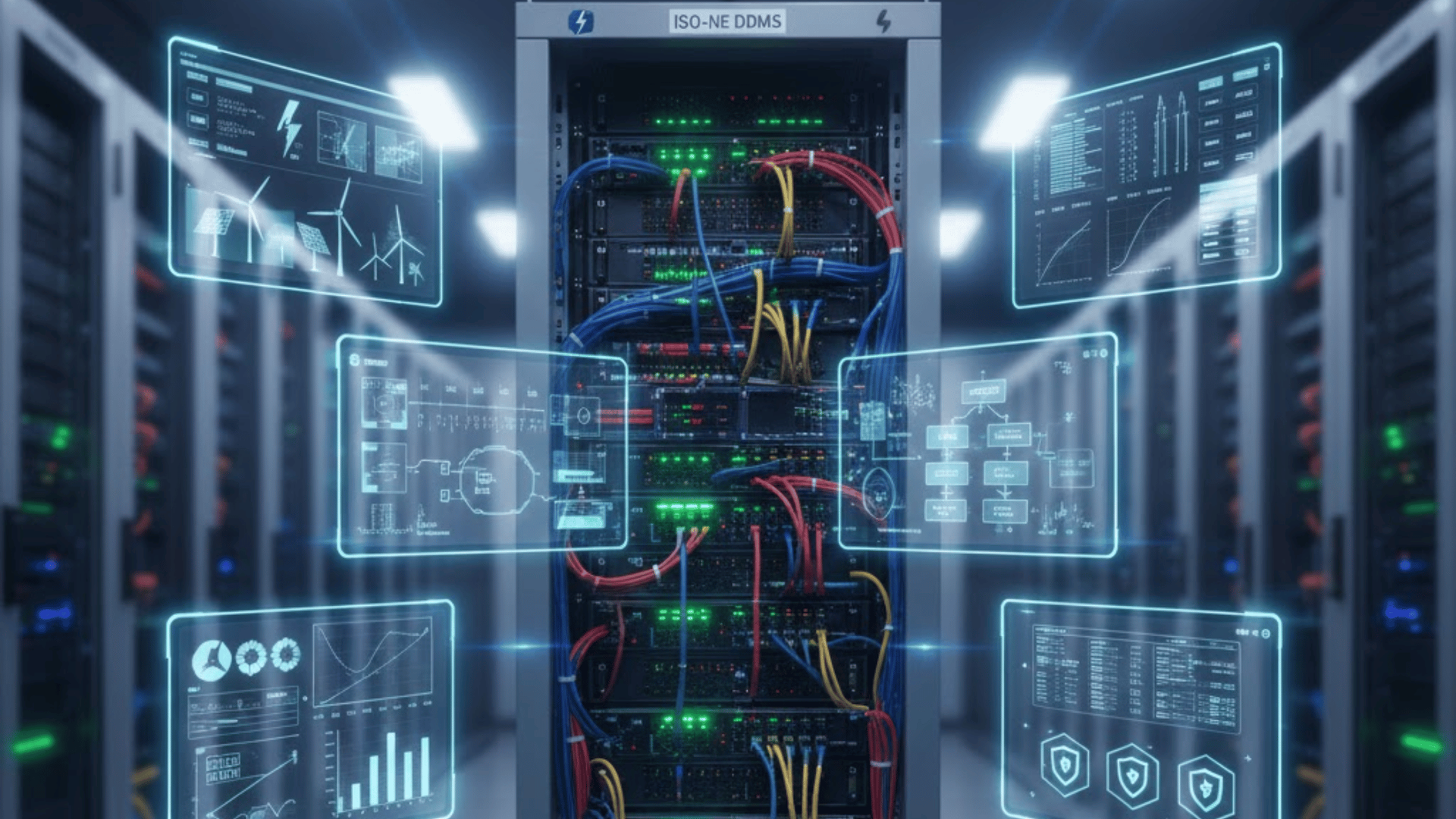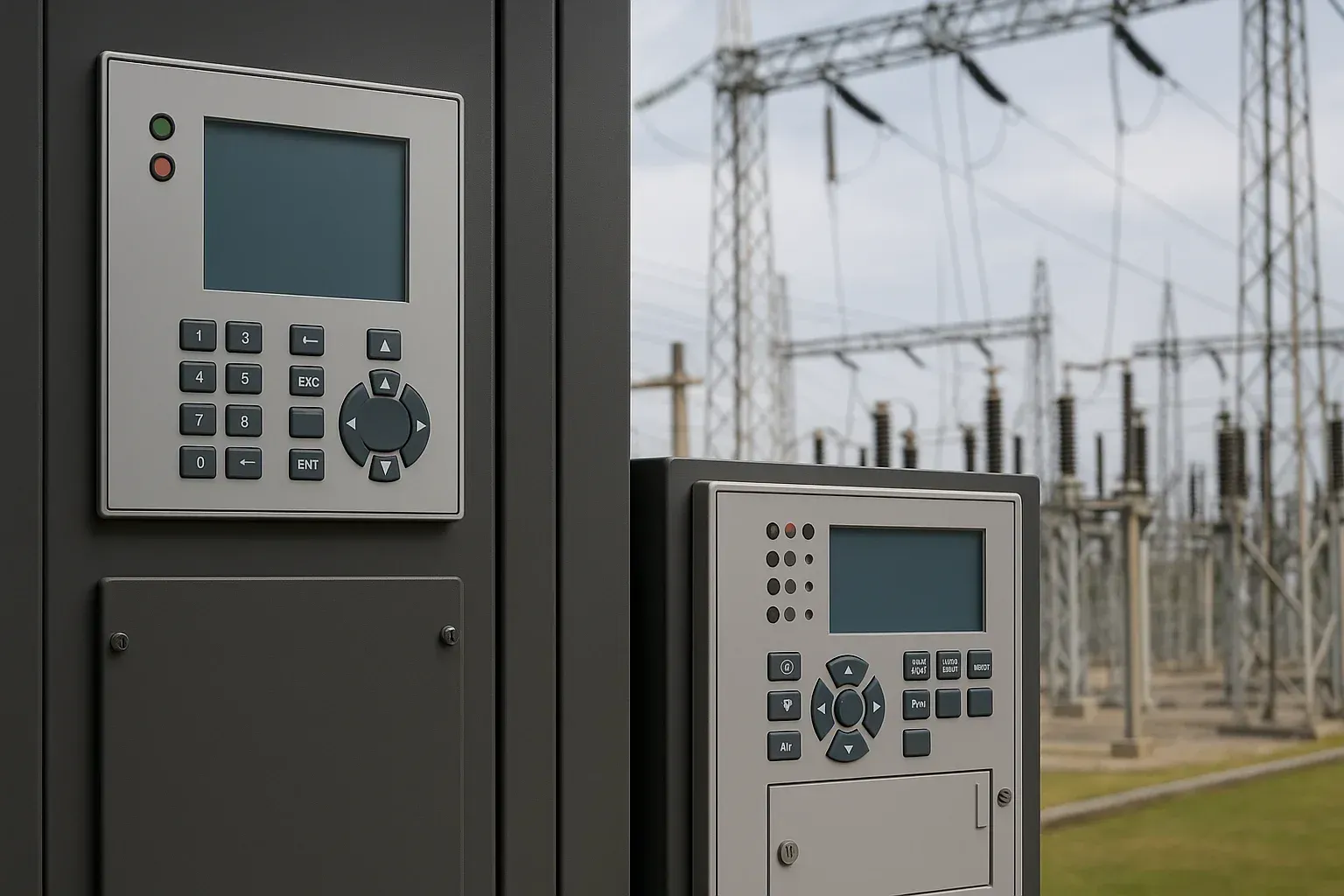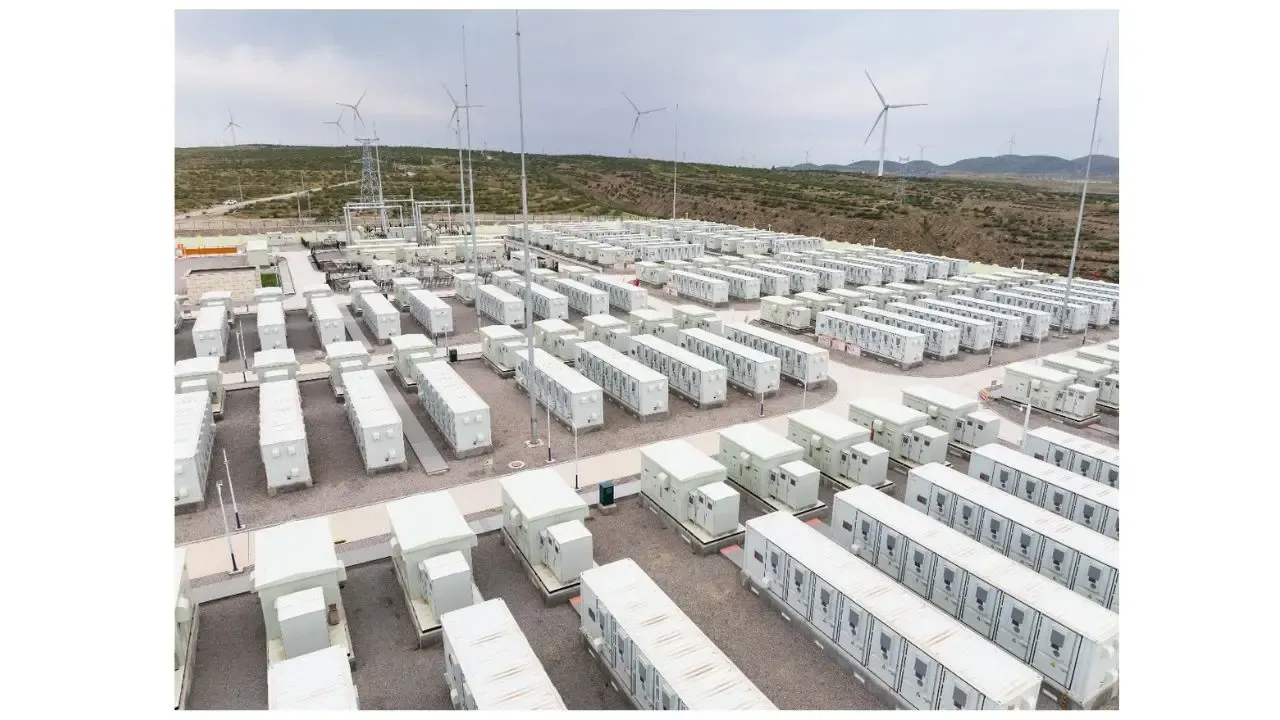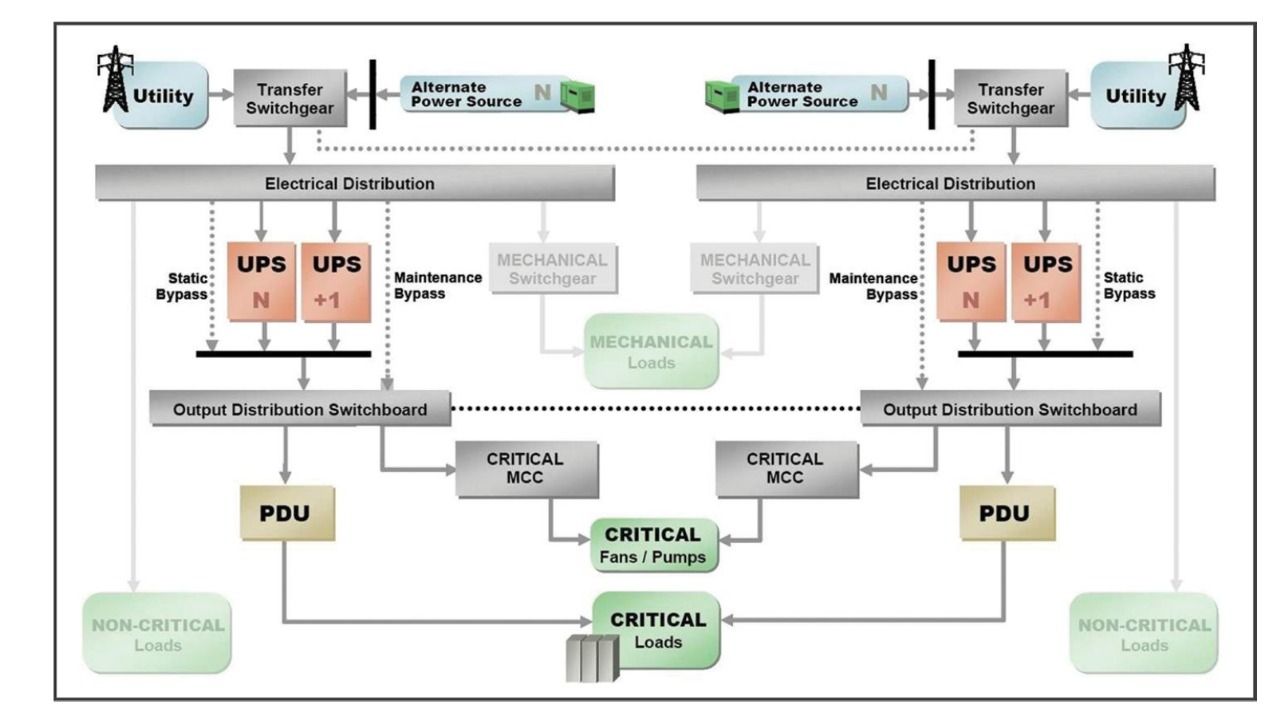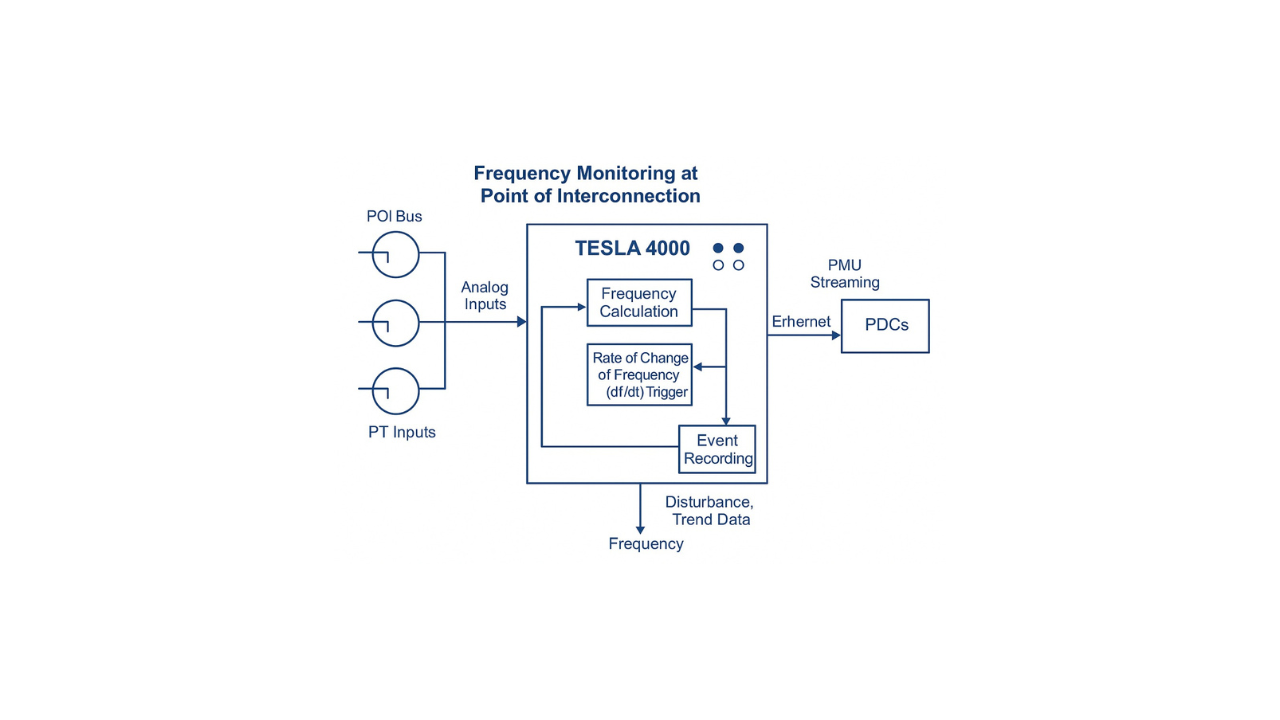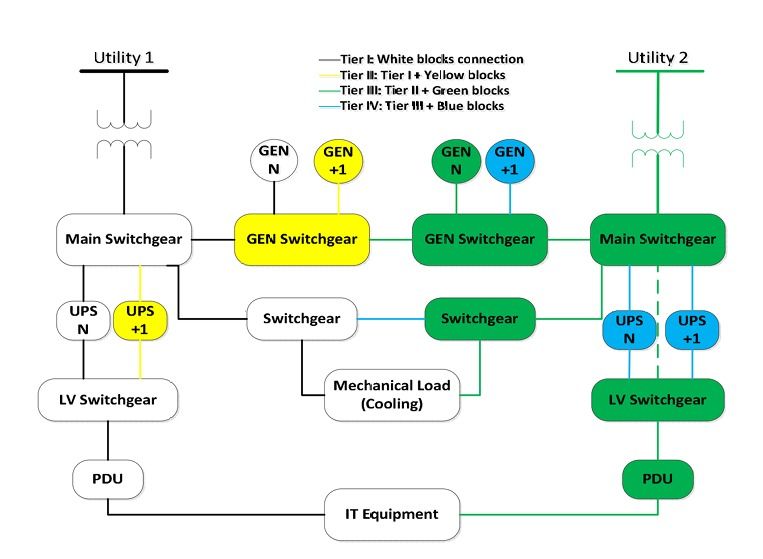A Coordinated Electric System Interconnection Review—the utility’s deep-dive on technical and cost impacts of your project.
Challenge: Frequent false tripping using conventional electromechanical relays
Solution: SEL-487E integration with multi-terminal differential protection and dynamic inrush restraint
Result: 90% reduction in false trips, saving over $250,000 in downtime
Powering the Future: Unlocking IEEE 2800-2022 for Grid-Scale Inverter-Based Resources (IBRs)
July 24, 2025 | Blog
Introduction: Why IEEE 2800-2022 Is a Wake-Up Call for the Power Sector
Inverter-Based Resources (IBRs)—such as solar PV, wind turbines, and battery energy storage systems (BESS)—are no longer emerging technologies. They’re rapidly becoming the backbone of the modern power grid. But with this shift comes a critical question: Are today’s transmission systems ready to handle them safely and reliably?
The answer lies in IEEE 2800-2022. This isn’t just another technical standard—it’s a foundational blueprint for integrating IBRs into the Bulk Electric System (BES). It outlines unified performance requirements to ensure grid stability, ride-through capability, reactive power support, and more. Think of it as the rulebook that finally aligns IBR behavior with system needs.
At Keentel Engineering, we don’t just interpret standards—we help you implement them with confidence. Whether you're preparing for NERC PRC-024-3 compliance or need dynamic modeling support, our engineering team ensures your IBRs are audit-ready and technically aligned from the start.
Explore our full
NERC compliance services to see how we support IBR developers, owners, and utilities across North America.
Part 1: The Problem IEEE 2800 Solves
For decades, power systems revolved around synchronous generators—machines that provided mechanical inertia, predictable behavior, and intrinsic fault response. But with the widespread adoption of inverter-based resources, this dynamic has shifted.
IBRs are efficient, scalable, and ideal for renewable generation—but without coordinated standards, they introduced operational unpredictability. Each system behaved differently during faults, voltage dips, and frequency deviations—creating risk for grid operators.
IEEE 2800-2022 addresses this head-on. It sets minimum interconnection and performance requirements for all IBRs at transmission voltage levels (≥69 kV). From frequency ride-through to reactive power support, this standard ensures that IBRs communicate in a unified “language” that supports bulk power system reliability.
Part 2: What IEEE 2800-2022 Actually Covers
Let’s be honest—IEEE 2800-2022 isn’t casual reading. At 286 pages, it's packed with technical detail. But each section serves a critical purpose: setting clear, enforceable standards for inverter-based resources (IBRs) at the transmission level.
Here’s a breakdown of the most important clauses:
1. Scope and Applicability (Clauses 1–3)
IEEE 2800 applies to all IBRs connected to transmission-level voltages (≥69 kV), regardless of size, inverter type, or technology. That includes:
- Utility-scale solar farms (e.g., 100 MW)
- Grid-tied BESS systems (e.g., 150 MW)
- Wind generation facilities
Note: Distribution-level DERs are currently excluded but may be addressed in future standards (such as IEEE 1547).
2. Performance Categories (Clause 4)
Three performance categories are defined based on a unit’s grid impact and point-of-interconnection:
- Category I: Minimal impact — less stringent requirements
- Category II: Moderate impact — intermediate performance
- Category III: Major impact — most rigorous standards
This categorization is not optional and directly impacts your design, testing, and operational obligations.
3. Frequency and Voltage Ride-Through (Clauses 5–6)
Grid events like frequency dips or voltage faults are no excuse to disconnect. IEEE 2800 mandates:
- Cat III IBRs must withstand frequency dips down to 57.5 Hz for at least 0.3 seconds
- IBRs must handle voltage sags down to 0 pu for 0.15 seconds
This ensures IBRs actively contribute to grid reliability—not retreat from it.
4. Active and Reactive Power Capabilities (Clause 7)
Modern IBRs must do more than generate power:
- Active power modulation is required based on grid needs
- Dynamic reactive power injection is mandatory to support voltage stability
This clause transforms IBRs from passive producers into active grid partners.
5. Protection Coordination (Clause 8)
Protection logic must:
- Prevent unnecessary tripping during faults
- Coordinate with existing relay settings and system protections
The objective: keep IBRs online when they’re needed most.
6. Control System Design and Grid Stability (Clause 9)
Gone are the days of “plug and play.” IEEE 2800 requires:
- Voltage/frequency droop controls
- Fast Frequency Response (FFR)
- Grid-forming inverter capabilities
- Harmonic mitigation for power quality
Control systems must be tunable, transparent, and model-validated—preferably using platforms like PSCAD or PSS®E.
Need help with PSSE or PSCAD model validation? Visit our Power System Studies page for engineering support across North America.
Part 3: Why This Standard Matters Beyond Compliance
Let’s be clear: IEEE 2800 is not just about avoiding penalties. It’s about avoiding blackouts.
As the grid transitions from synchronous generators to IBRs, the margin for error narrows. Misconfigured controls or insufficient ride-through logic don’t just violate standards—they create real operational risks.
At Keentel Engineering, we believe:
- Compliance is the baseline
- Resilience and leadership are the goals
Whether you’re a solar farm developer, BESS operator, or transmission planner, now is the time to move from reactive compliance to proactive engineering. IEEE 2800 provides the roadmap. We’ll help you navigate it.
Part 4: Keentel’s Engineering Response to IEEE 2800-2022
At
Keentel Engineering, we don’t just interpret IEEE standards—we operationalize them. Our engineering teams provide end-to-end support for Generator Owners, Renewable Developers, and ISOs looking to meet IEEE 2800’s evolving requirements.
Our core IEEE 2800 compliance services include:
- PSSE, TSAT, and PSCAD Model Development
Clause 9.3 validated dynamic and EMT modeling for interconnection approval. - Ride-Through and Dynamic Stability Studies
Aligning with frequency/voltage ride-through criteria (Clauses 5–6). - Control Parameter Tuning for Fast Frequency Response (FFR)
Per IEEE 2800 Clause 7.3–7.5, our team optimizes inverters to deliver FFR within ISO-approved timeframes. - Protection Coordination Review and Relay Integration
Ensuring IBR protection logic does not conflict with system relays, enabling fault tolerance and minimal tripping. - NERC PRC-024-3 Alignment and Interoperability Support
Harmonizing IEEE 2800 implementation with existing NERC ride-through standards, including relay settings and voltage trip points.
Learn more about how we support grid compliance through our
NERC Compliance Engineering Services and
POI Interconnection Support.
Part 5: Real-World Case Studies from Keentel Engineering
Here’s how Keentel’s technical response to IEEE 2800 is being applied across major ISO/RTO territories:
Case Study 1: 250 MW Wind Farm – ERCOT
- Challenge: Failed frequency ride-through during EMT simulations.
- Solution: Deployed PLL tuning and coordinated low-voltage ride-through logic.
- Result: Integration passed following submission to ERCOT Model Review Working Group (MRWG).
Case Study 2: 100 MW BESS – PJM
- Challenge: Reactive power deficiency under voltage sag events.
- Solution: Reconfigured inverter VAR control to meet Clause 7 reactive support requirements.
- Result: PJM approved interconnection model on first review.
Case Study 3: 300 MW Solar Farm – CAISO
- Challenge: Lack of synchronous machines meant FFR had to be inverter-based.
- Solution: Delivered FFR through optimized droop control and EMT validation in PSCAD.
- Result: Interconnection agreement signed with no delays.
Visit our Power System Studies.
Conclusion: Don’t Just Connect — Conform, Comply, Contribute
IEEE 2800-2022 is more than a compliance requirement—it's a call to design the next generation of power systems with intentionality and interoperability.
As renewables scale, the performance bar rises. IBRs must ride through faults, respond to grid events, and deliver reliability once reserved for synchronous machines.
At Keentel Engineering, we help developers
build IBR projects that conform to standards, comply with regulation, and contribute to grid stability.
FAQs on IEEE 2800-2022
1. What is IEEE 2800-2022?
IEEE 2800-2022 is a technical standard defining minimum performance requirements for large-scale Inverter-Based Resources (IBRs)—including solar, wind, and BESS—connected to the transmission system (≥69 kV).
2. Who must comply with IEEE 2800?
All Generator Owners of IBRs rated greater than 20 MVA at transmission-level voltage (≥69 kV) must comply.
3. Does IEEE 2800 replace NERC PRC standards?
No. It complements NERC PRC standards, particularly PRC-024-3 (ride-through) and MOD-032 (model validation and data exchange).
4. What technologies fall under the IBR definition?
Technologies include solar PV, wind turbines, Battery Energy Storage Systems (BESS), fuel cells, and HVDC with grid-forming or grid-following inverters.
5. What are the key ride-through performance limits?
Example: Category III IBRs must ride through 0 pu voltage for 0.15 sec and frequency dips to 57.5 Hz for 0.3 sec.
6. What is Fast Frequency Response (FFR)?
FFR is the inverter’s ability to inject active power within 0.5–1 sec during frequency disturbances—a key part of Clause 7 compliance.
7. How are IBR performance categories determined?
Based on voltage level and MW capacity at the point of interconnection. Categories I, II, and III escalate in required performance (see Clause 4.3).
8. Can IBRs trip during grid faults?
Only under clearly defined fault conditions. Tripping must be coordinated with relay protection (Clause 5).
9. Is dynamic reactive power support required?
Yes. IBRs must inject reactive current during voltage dips, improving grid voltage stability during faults.
10. Is voltage control mandatory for IBRs?
Yes. IEEE 2800 requires voltage-droop control and VAR support, especially for Category II and III systems.
11. What about frequency control participation?
Unless exempted, IBRs must contribute to primary frequency response, similar to synchronous generators.
12. Can inverters emulate synchronous generators?
Yes. With grid-forming inverter controls, IBRs can provide inertia-like services and support stable grid operation (Clause 9).
13. How does this impact modeling tools like PSSE and PSCAD?
All IBRs must be modeled dynamically in tools like PSSE, PSCAD, or TSAT, including ride-through logic and control behavior.
14. Are there power quality or harmonic limits?
Yes. Harmonic emissions must follow IEEE 519 limits. Clause 10 outlines requirements for filtering and harmonic management.
15. What protection schemes are required?
IBRs must have coordinated protection, including ride-through logic that avoids nuisance tripping during minor faults.
16. What is active power recovery post-fault?
IBRs must resume active power output within 2–5 seconds after a disturbance unless otherwise directed by the ISO.
17. What defines reactive power capability?
The system must operate at a ±0.95 power factor at maximum active power—this is a mandatory capability.
18. Is Hardware-in-the-Loop (HIL) testing required?
Not required, but strongly recommended for complex control validation, especially for grid-forming inverters.
19. What modeling formats are accepted by ISOs?
Accepted formats include PSSE, PSCAD, and TSAT, with EMT and RMS models based on the interconnection location and ISO review process.
20. What is IEEE 2800.2?
IEEE 2800.2 is a companion guide that focuses on model validation, verification, and test procedures.
21. Are small DERs (<20 MVA) included?
No, but they may fall under other standards like IEEE 1547 for distribution-level interconnection.
22. What if an IBR project fails to meet IEEE 2800?
ISOs like ERCOT, PJM, or CAISO may reject interconnection requests or demand extensive redesigns.
23. Can an inverter change categories post-build?
Only if its configuration or MW rating changes. This would require category reassessment and ISO review.
24. Are hybrid power plants covered?
Yes. Hybrid systems (e.g., solar + storage) must demonstrate compliance for each component under IEEE 2800.
25. Why is the PLL (Phase-Locked Loop) important?
PLL ensures synchronization with the grid and impacts ride-through behavior. Proper tuning is essential for IBR stability.
26. Are ISOs enforcing this standard today?
Yes. Major markets like ERCOT, CAISO, and PJM now require compliance with IEEE 2800 during model review and interconnection.
27. Does IEEE 2800 include cybersecurity requirements?
No. Cybersecurity for IBRs is covered under NERC CIP standards, not IEEE 2800.
28. What is synthetic inertia or inertial response for IBRs?
It’s the ability of IBRs to emulate inertia using fast frequency response—this is supported under Clause 7.
30. How can Keentel Engineering help with IEEE 2800?
We provide turnkey IEEE 2800 services—from PSCAD/PSSE modeling and ride-through studies to protection coordination and NERC alignment.
→ Explore our full offering: Power System Studies | NERC Compliance | POI Interconnection Support
29. Does voltage phase angle factor into compliance?
Yes. For grid-forming inverters, the phase angle affects fault detection, frequency control, and reactive coordination.
Ready to Streamline Your ERCOT Reactive Capability Testing?
Book a Consultation with our grid compliance engineers and get audit-ready with confidence.
👉 Contact Keentel Engineering or explore our full NERC Compliance Services.

About the Author:
Sonny Patel P.E. EC
IEEE Senior Member
In 1995, Sandip (Sonny) R. Patel earned his Electrical Engineering degree from the University of Illinois, specializing in Electrical Engineering . But degrees don’t build legacies—action does. For three decades, he’s been shaping the future of engineering, not just as a licensed Professional Engineer across multiple states (Florida, California, New York, West Virginia, and Minnesota), but as a doer. A builder. A leader. Not just an engineer. A Licensed Electrical Contractor in Florida with an Unlimited EC license. Not just an executive. The founder and CEO of KEENTEL LLC—where expertise meets execution. Three decades. Multiple states. Endless impact.
Services

Let's Discuss Your Project
Let's book a call to discuss your electrical engineering project that we can help you with.

About the Author:
Sonny Patel P.E. EC
IEEE Senior Member
In 1995, Sandip (Sonny) R. Patel earned his Electrical Engineering degree from the University of Illinois, specializing in Electrical Engineering . But degrees don’t build legacies—action does. For three decades, he’s been shaping the future of engineering, not just as a licensed Professional Engineer across multiple states (Florida, California, New York, West Virginia, and Minnesota), but as a doer. A builder. A leader. Not just an engineer. A Licensed Electrical Contractor in Florida with an Unlimited EC license. Not just an executive. The founder and CEO of KEENTEL LLC—where expertise meets execution. Three decades. Multiple states. Endless impact.
Leave a Comment
We will get back to you as soon as possible.
Please try again later.
Related Posts


